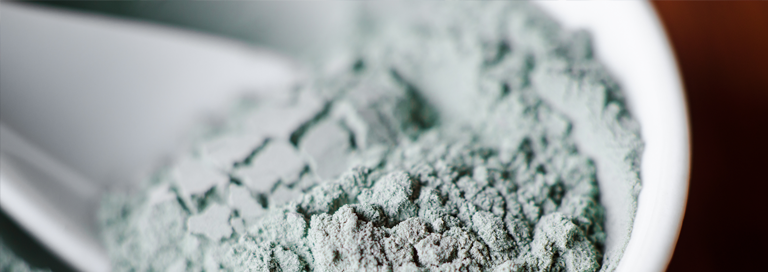
There is a common complaint I hear from many of my patients going through menopause — all the hormonal highs and lows they’re experiencing make them much more aware of their pores.
Unfortunately, they’re not wrong. After menopause, your pores do appear larger thanks to a loss of collagen.
In fact, studies show your skin loses about 30% of its collagen during the first five years of menopause. And you keep losing another 2% every year for the next 20 years or so.1
And when your body’s natural production of elastin and collagen decrease, your skin gets looser. This makes your skin stretch and sag – and your pores appear larger.
A lot of “skin experts” will recommend products to shrink your pores. But unfortunately, there’s no permanent way to reduce the size of your pores.
But there are ways you can make your pores appear smaller so you get the flawless, smooth skin you’re looking for.
The first thing I always tell my patients is to increase their collagen production. One of the fastest and most effective ways is with a process called microneedling combined with PRP. This one-two treatment creates the right conditions for collagen and elastin to form.
But I also recommend exfoliating with a gentle clay that is guaranteed to give your skin a smooth and flawless finish.
I’m talking about kaolin. I was first introduced to it by traditional healers in the Amazon jungle. They’ve been using it for hundreds of years as a detoxifying agent and as a way to give their skin a radiant glow.
The Secret to Flawless Skin
What makes kaolin so effective at appearing to shrink pore size is its unique electromagnetic qualities. The molecules in this natural clay have a negative charge. When it comes into contact with your skin, the charge binds to toxins and other impurities. It actually pulls them out through the pores of your skin.
Kaolin also has high levels of silica. That helps remove dead skin cells to clear the way for skin to regenerate.
This makes kaolin clay perfect for an exfoliating facial mask. When you apply kaolin to your face, it deeply cleans and purifies the skin. It removes blackheads and whiteheads, and softens the skin.
Exfoliating with kaolin also helps to remove dead cells, which stimulates collagen production to firm up your skin.
I suggest using an exfoliating clay mask once or twice a week for a deep cleanse. It will help draw out excess oils, dirt, and the environmental toxins that add years to your face.
And if your skin is oily, it removes the sebum that clogs your pores and makes them look even larger.
You can find powdered kaolin clay online or in shops specializing in beauty products. It comes in several different colors, depending on where it comes from.
Just make sure the product you choose is “cosmetic grade.” Kaolin can also be used in the making of paper, paint, and other commercial products. You don’t want to buy industrial grade clay.
It’s easy to make a kaolin mask. The easiest way is to simply mix two parts clay to one part distilled water.
But if your pores appear especially large, this simple recipe can help provide a flawless complexion.
Kaolin Clay “Pore-Shrinking” Mask
Ingredients:
- 3 tablespoons kaolin clay
- 1 tablespoon apple cider vinegar or witch hazel
- 1 tablespoon strong chamomile tea (steep for three hours or more)
- 4 drops of grape seed oil
Directions:
- Mix all ingredients in a small glass or ceramic bowl. If the paste is too thin add more clay. Do not use a metal spoon or utensil, it will weaken its power. Use a wooden spoon.
- Apply the mask evenly to a damp, clean face with your fingertips.
- Let it dry 10 minutes for sensitive skin, or up to 30 minutes for normal or oily skin.
- Wash off the mask with warm water and a wet cloth.
- To further enhance your flawless finish, rinse with very cold water. While you can’t physically close your pores, the cold causes tiny muscles on the sides of hair follicles to contract and block the pore temporarily.
To Your Good Health,

Al Sears, MD, CNS
References:
1. Thorton M. “Estrogens and aging skin.” Dermatoendocrinol. 2013 Apr 1; 5(2): 264–270.








